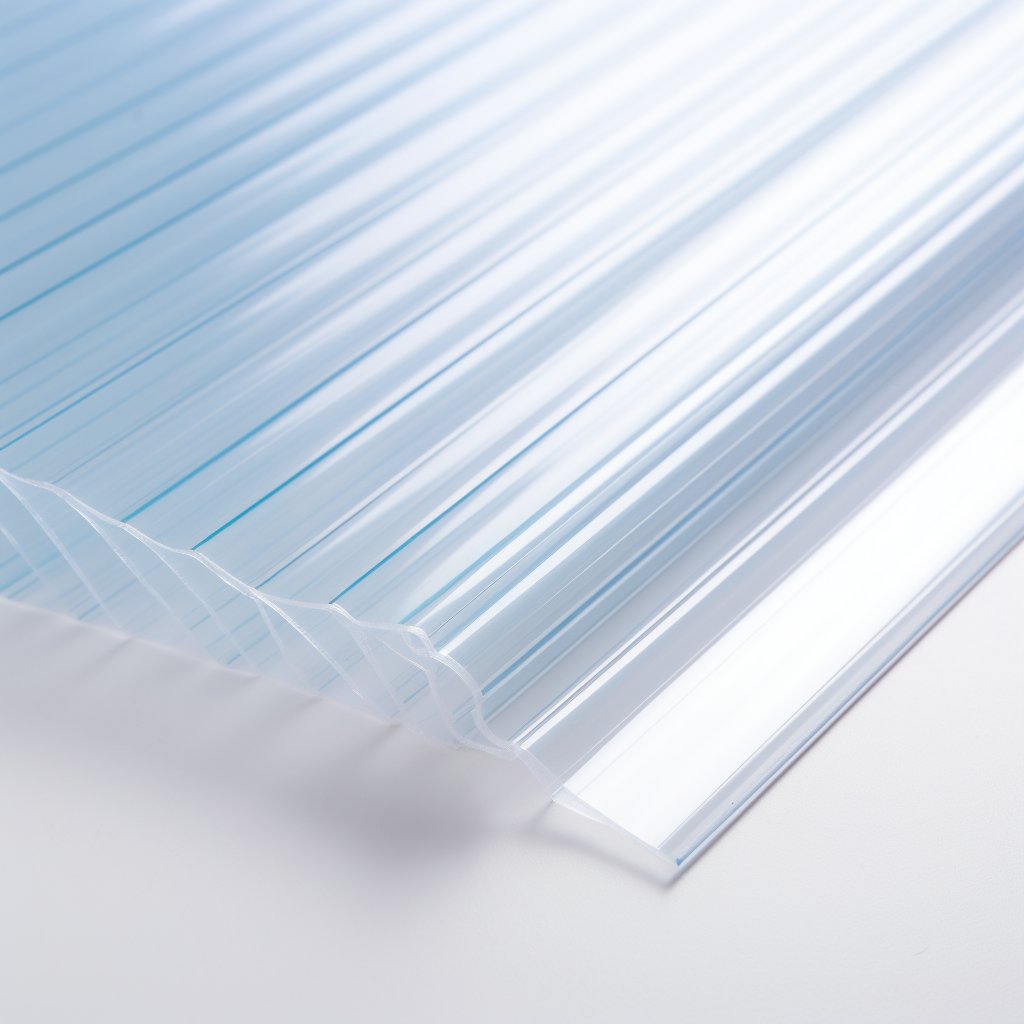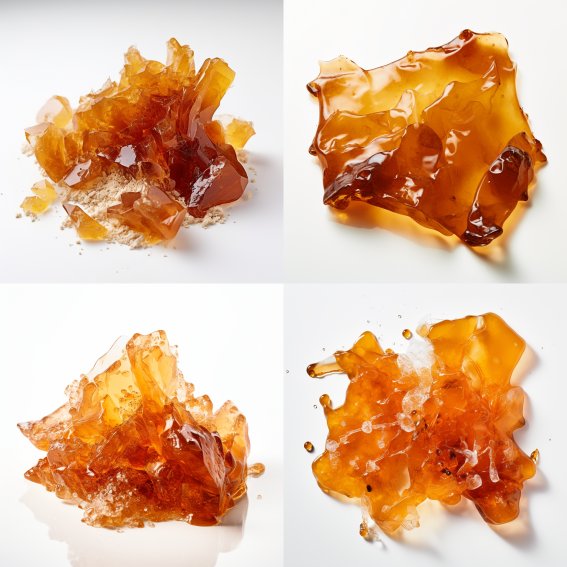Melamine: An Overview of Material Properties, History, and Industrial Usage
Melamine is a synthetic organic compound with a chemical formula of C3H6N6. It is a white crystalline powder that is most commonly used in the manufacturing of plastics, laminates, adhesives, and coatings. Melamine is a durable and heat-resistant material that is also resistant to chemicals, making it a popular choice in a variety of industrial applications.
Melamine was first synthesised in the early 1830s by a German chemist named Justus von Liebig. However, it was not until the 1950s that Melamine began to be used on an industrial scale. In the years since it has become a popular material in many industries due to its unique properties and versatility.

What is it:
Melamine is a thermosetting plastic that is lightweight, durable, and highly resistant to heat, chemicals, and moisture. It is a good electrical insulator and has low thermal conductivity. Melamine is also resistant to scratches and impact, making it ideal for use in products that require high durability.
Material Properties of Melamine
Melamine is a thermosetting plastic, which means that it is a material that can only be moulded or shaped once. Once heated and set, it cannot be re-moulded or reshaped. This makes Melamine a popular choice for products that require high durability and resistance to heat and chemicals.
Melamine has several other unique properties as well, including its high strength-to-weight ratio, low thermal conductivity, and excellent electrical insulation properties. It is also resistant to water, acid, and alkaline substances.
Industrial Usage of Melamine
Melamine is used in a wide range of industrial applications, including the production of laminates, adhesives, coatings, and plastics. It is commonly used as a binder in manufacturing particleboard, a type of engineered wood product. It is also used in the production of melamine foam, which is a soft, lightweight material that is used for insulation, soundproofing, and cleaning.
One of the most common industrial applications for Melamine is in the production of melamine formaldehyde (MF) resin. This resin is used in the manufacture of laminates and coatings, as well as in the production of moulded products like plates, bowls, and other household items.
Application Areas of Melamine
Melamine is used in a variety of applications, including consumer products, industrial products, and even in the automotive industry. It is commonly used in tableware manufacturing, including plates, bowls, and cups. It also produces kitchen utensils, like spatulas and mixing spoons.
Melamine is also used to produce high-pressure laminates (HPL), which are used in various applications, including countertops, furniture, and wall coverings. HPL is a durable and attractive material resistant to moisture, heat, and chemicals.
Consumer Product Examples
Melamine is used in various consumer products, including dishes, utensils, and even children’s toys. One of the most common uses for Melamine in consumer products is in manufacturing dinnerware, like plates and bowls. These products are popular because they are durable, lightweight, and breakage-resistant.
However, it is essential to note that there have been concerns about the safety of Melamine in certain consumer products. In 2008, a large-scale scandal erupted in China when it was discovered that Melamine had been added to infant formula to boost its protein content. This led to widespread recalls and some infant deaths. As a result, there is ongoing concern about the safety of Melamine in certain products, particularly those that come into contact with food.
Recycling of Melamine
Melamine can be recycled, but it is not a widely used practice. Melamine’s recycling process is complex and costly, making it less attractive than other materials that are easier to recycle. Additionally, melamine products often contain other materials, such as adhesives or laminates, making recycling more difficult.
Melamine is a thermosetting plastic that cannot be melted and reformed like thermoplastics. This makes the recycling process for Melamine more complex and less common. However, some methods of recycling Melamine have been developed.
The most common method for recycling Melamine is through a chemical recycling process that involves breaking down the plastic into its chemical components. This process typically involves heating the material to high temperatures in the presence of a chemical catalyst, which breaks down the melamine resin into its constituent parts. The resulting material can then be used as a raw material to produce new plastic products.
Advantages and Disadvantages of Melamine Recycling
One advantage of recycling Melamine is that it can help reduce the amount of plastic waste generated. Recycling melamine also has the potential to conserve natural resources by reducing the need for virgin plastic materials. Additionally, recycling melamine can be more cost-effective than producing new plastic from scratch.
However, there are also some disadvantages to recycling melamine. One challenge is that the process can be complex and costly, making it less attractive than other materials that are easier to recycle. Additionally, melamine products often contain other materials, such as adhesives or laminates, making recycling more difficult.
Environmental and Global Impact of Melamine Recycling
Recycling Melamine can positively impact the environment by reducing the amount of plastic waste sent to landfills or incinerated. This can help conserve natural resources and reduce greenhouse gas emissions associated with producing new plastic materials.
However, the impact of melamine recycling on a global scale currently needs to be improved due to the challenges associated with the recycling process. In addition, there needs to be more infrastructure and investment in melamine recycling facilities, which can make it challenging to scale up recycling efforts.
Despite these challenges, there is growing interest in developing new technologies and processes for melamine recycling. This could lead to increased recycling rates and a reduction in the environmental impact of plastic waste.
In conclusion, while melamine recycling can be more complex and less common than other plastics, it has the potential to reduce plastic waste and conserve natural resources. While there are challenges associated with melamine recycling, including the complexity of the process and the limited infrastructure for recycling, new technologies and processes are being developed that could increase recycling rates and reduce the environmental impact of plastic waste.
Advantages and Disadvantages of Melamine Compared to Alternative Plastics
Melamine has several advantages over other plastics, including its high durability, resistance to heat and chemicals, and low thermal conductivity. It is also a lightweight material, making it easy to handle and transport. Additionally, Melamine is an affordable option compared to other materials, such as porcelain or ceramic.
However, there are also some disadvantages to using Melamine. One of the main concerns is the potential for contamination, particularly when used in food and beverage products. Melamine is not recommended for use in microwave ovens, as it can release toxic gases when heated.
Market Price Developments of Melamine
The market price for Melamine can vary based on a variety of factors, including supply and demand, raw material costs, and global economic conditions. In recent years, the price of Melamine has been relatively stable, with minor fluctuations in response to changing market conditions.
Future Market Prognosis of Melamine
The future market for Melamine is expected to grow, particularly in emerging markets where there is a high demand for affordable and durable consumer products. However, there is also growing concern about the safety of Melamine in certain applications, particularly those that come into contact with food.
As a result, there is likely to be increasing demand for alternative materials that offer similar properties to Melamine but with improved safety profiles. This could include materials like bamboo or bioplastics, which are more environmentally friendly and may offer safer alternatives for use in consumer products.
Melamine
Melamine is a thermosetting plastic known for its durability, heat, and chemical resistance. It is widely used in manufacturing industrial and consumer products, including dishware, kitchen utensils, automotive parts, and electrical components. While Melamine has several advantages over other materials, such as affordability and low thermal conductivity, there are also some concerns about its safety and potential for contamination. Nevertheless, the future market for Melamine is expected to grow, particularly in emerging markets with a high demand for affordable and durable consumer products.
As the demand for sustainable materials and circular economy practices grows, it is important for the plastics and recycling industries to explore new ways of reducing waste and improving the reuse and recovery of materials like Melamine. This includes developing innovative recycling technologies, educating consumers about responsible disposal, and promoting the use of sustainable alternatives to Melamine in appropriate applications. By working together, we can create a more sustainable and resilient future for the plastics industry and the planet as a whole.






